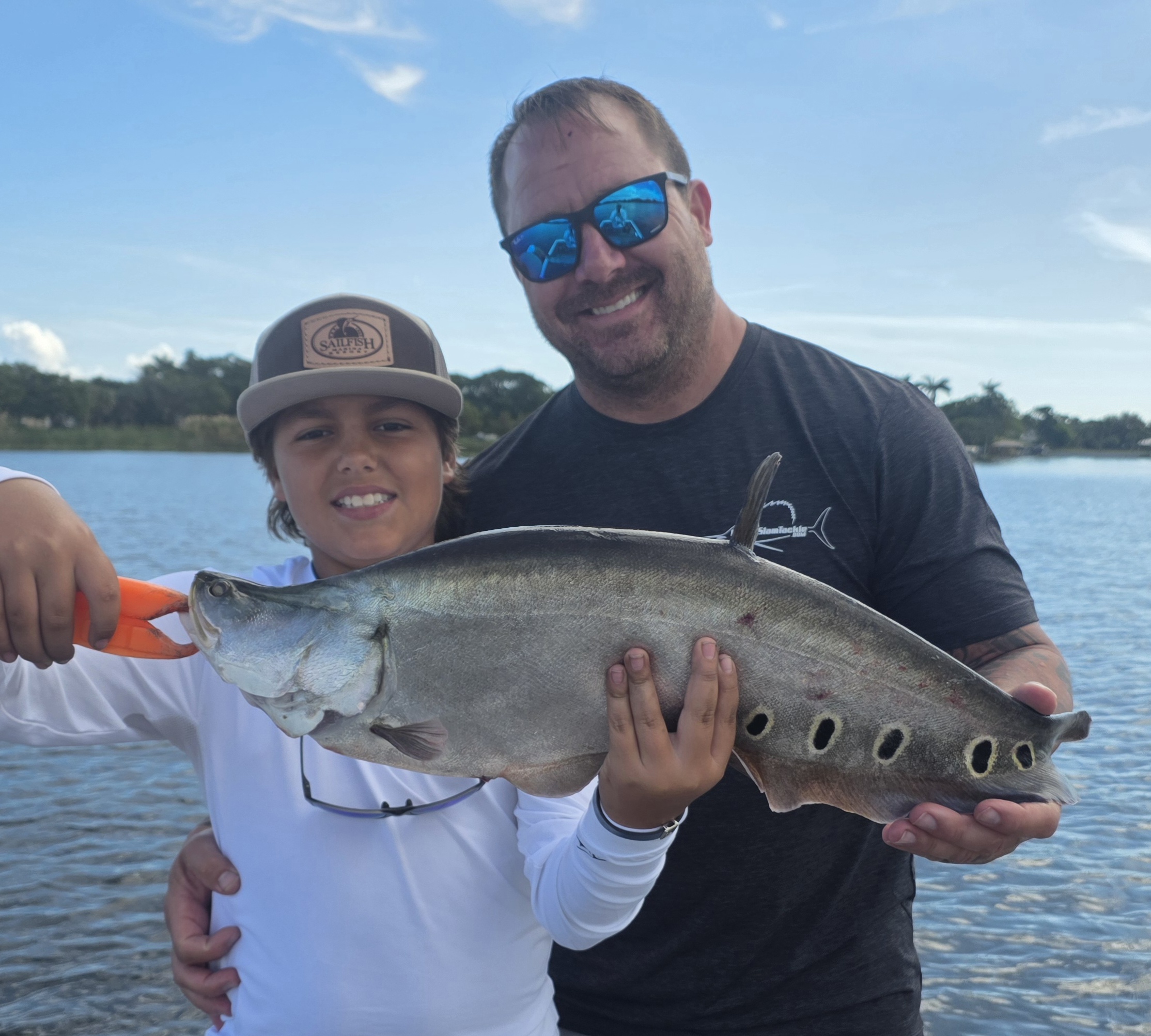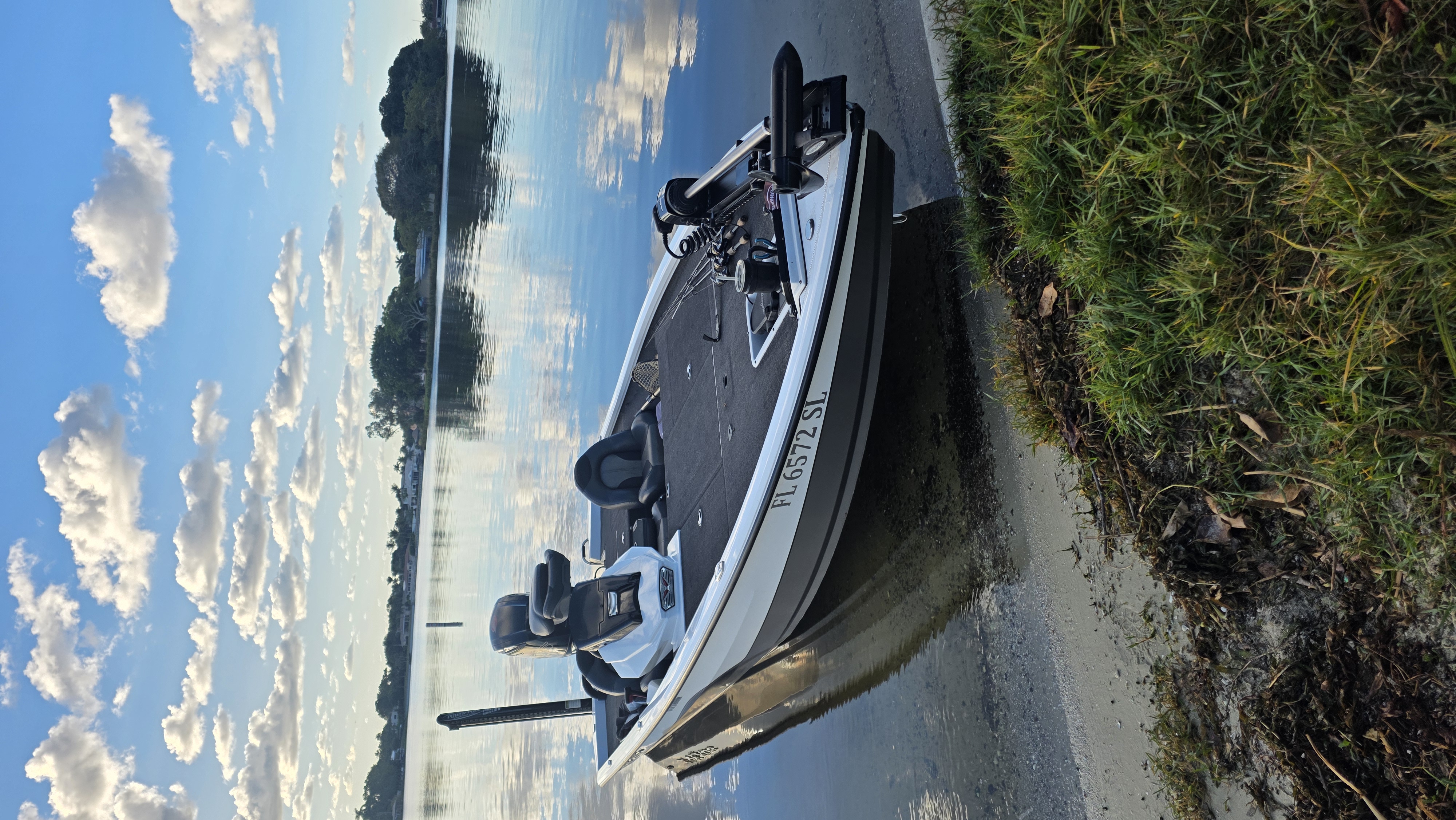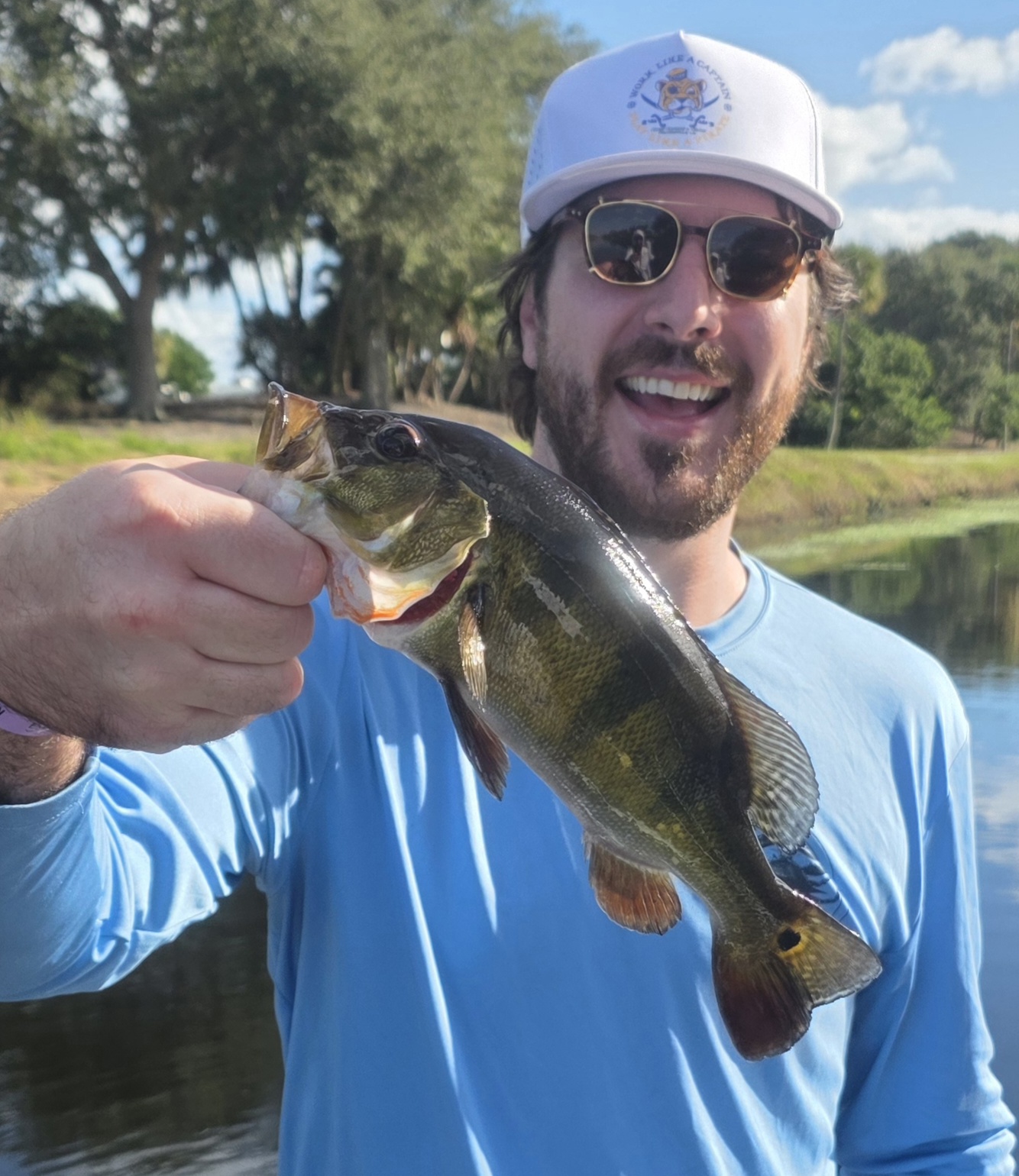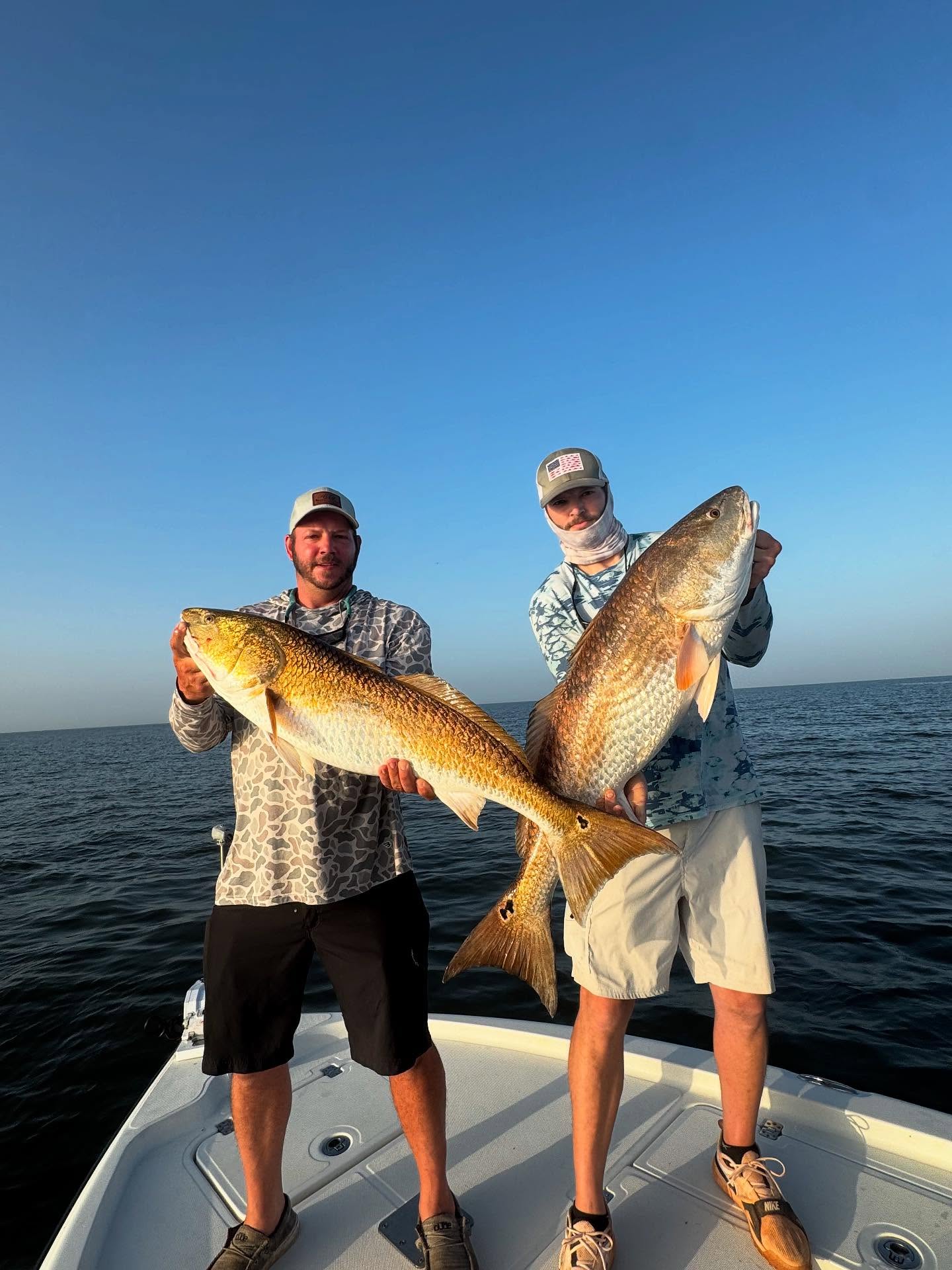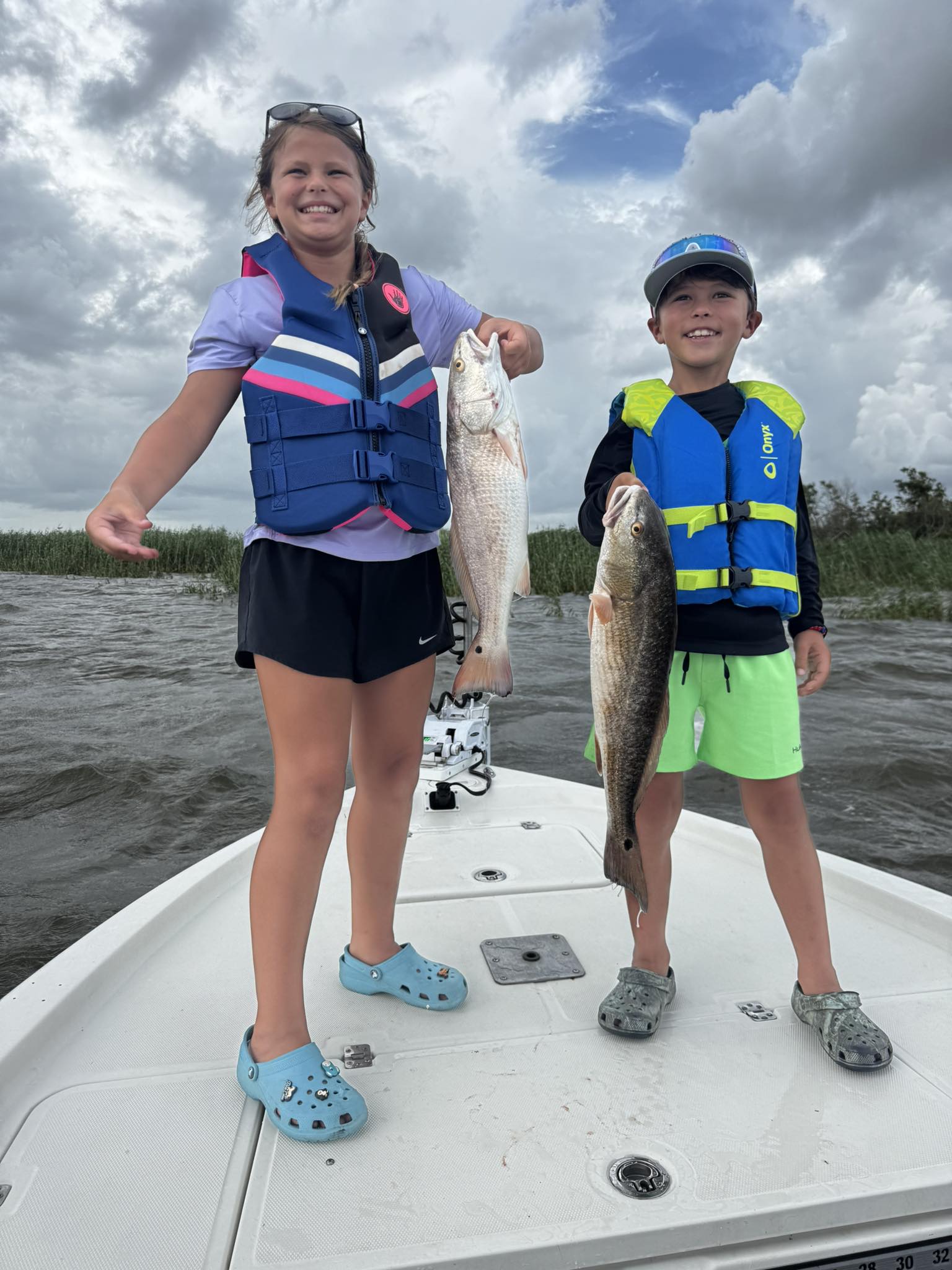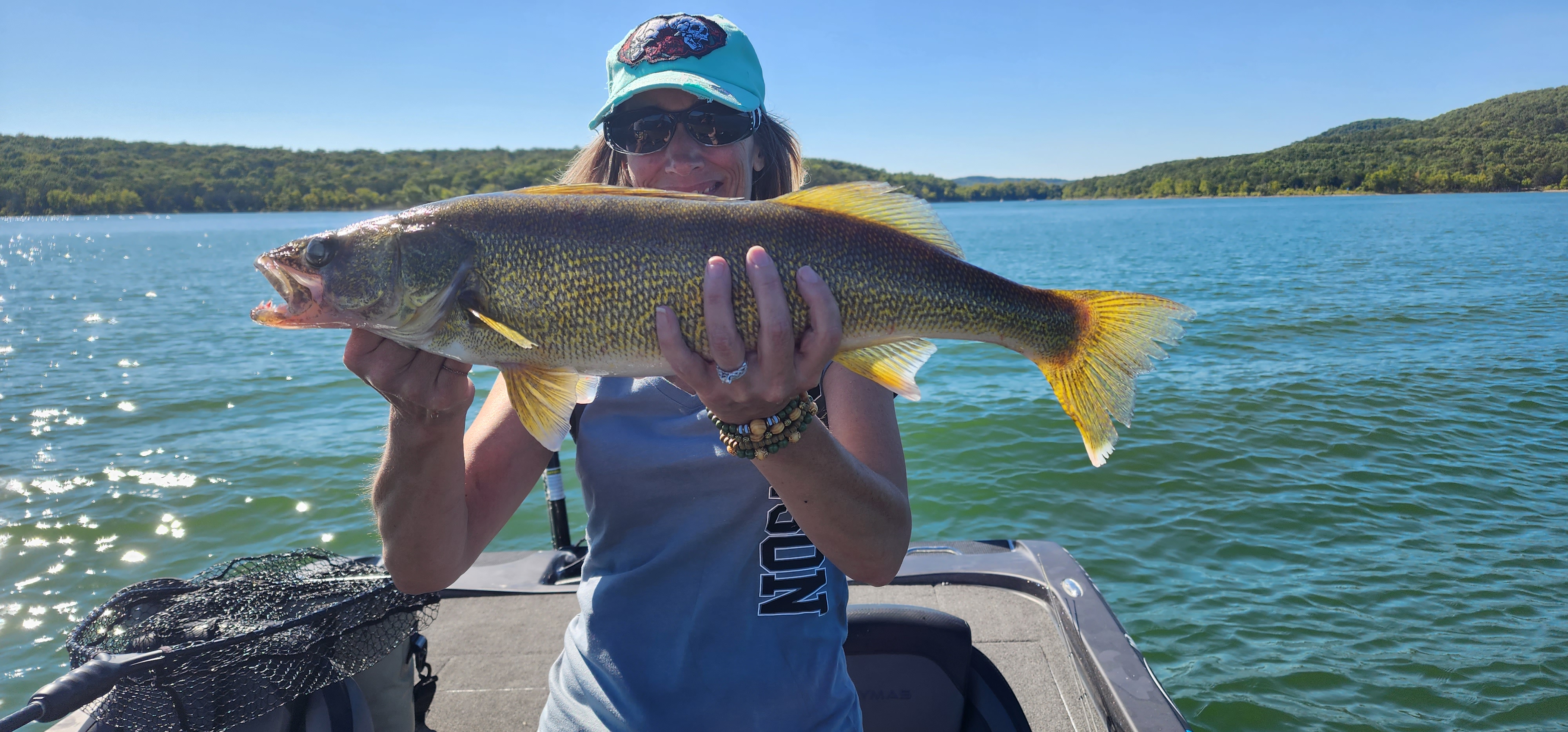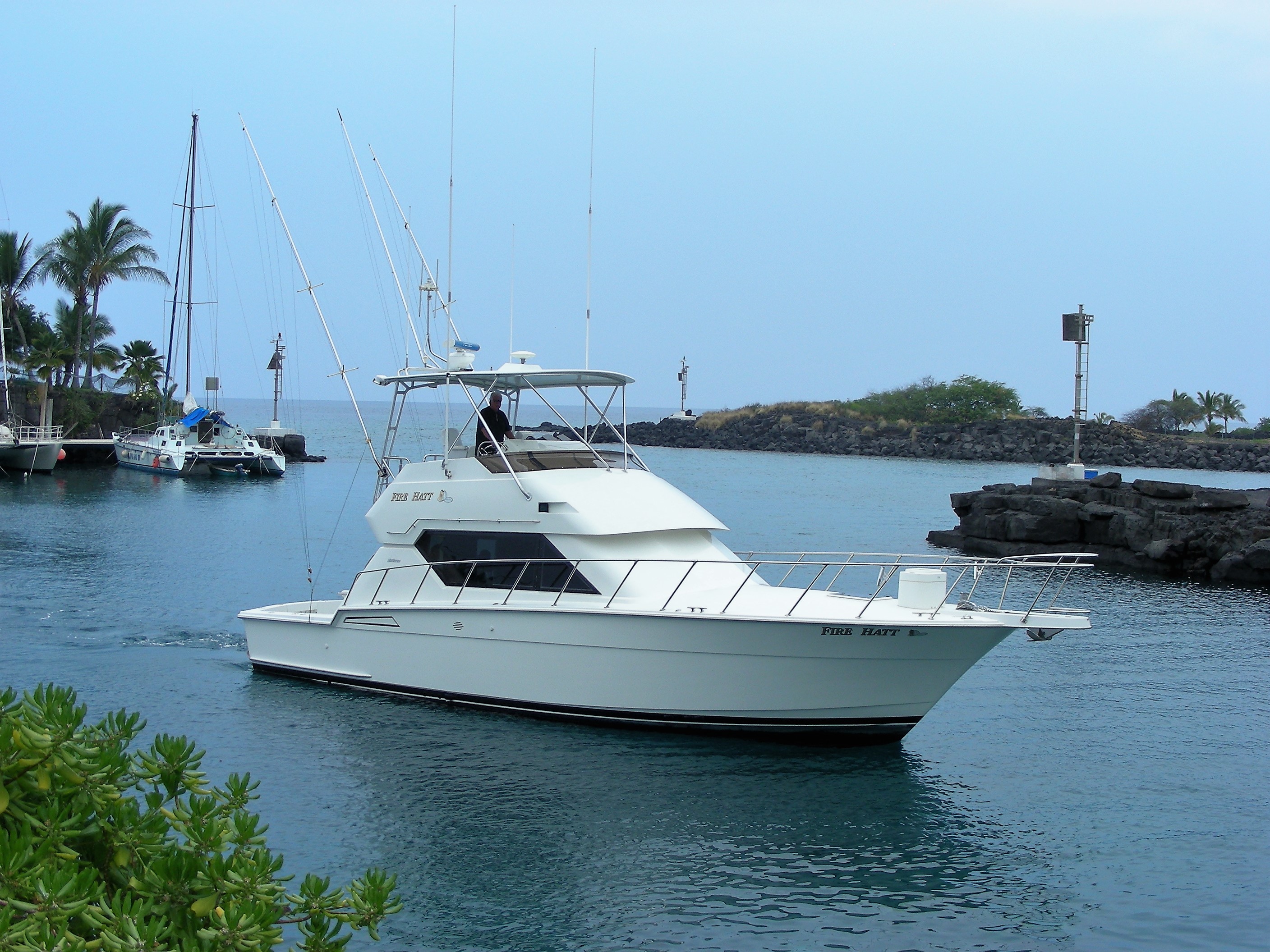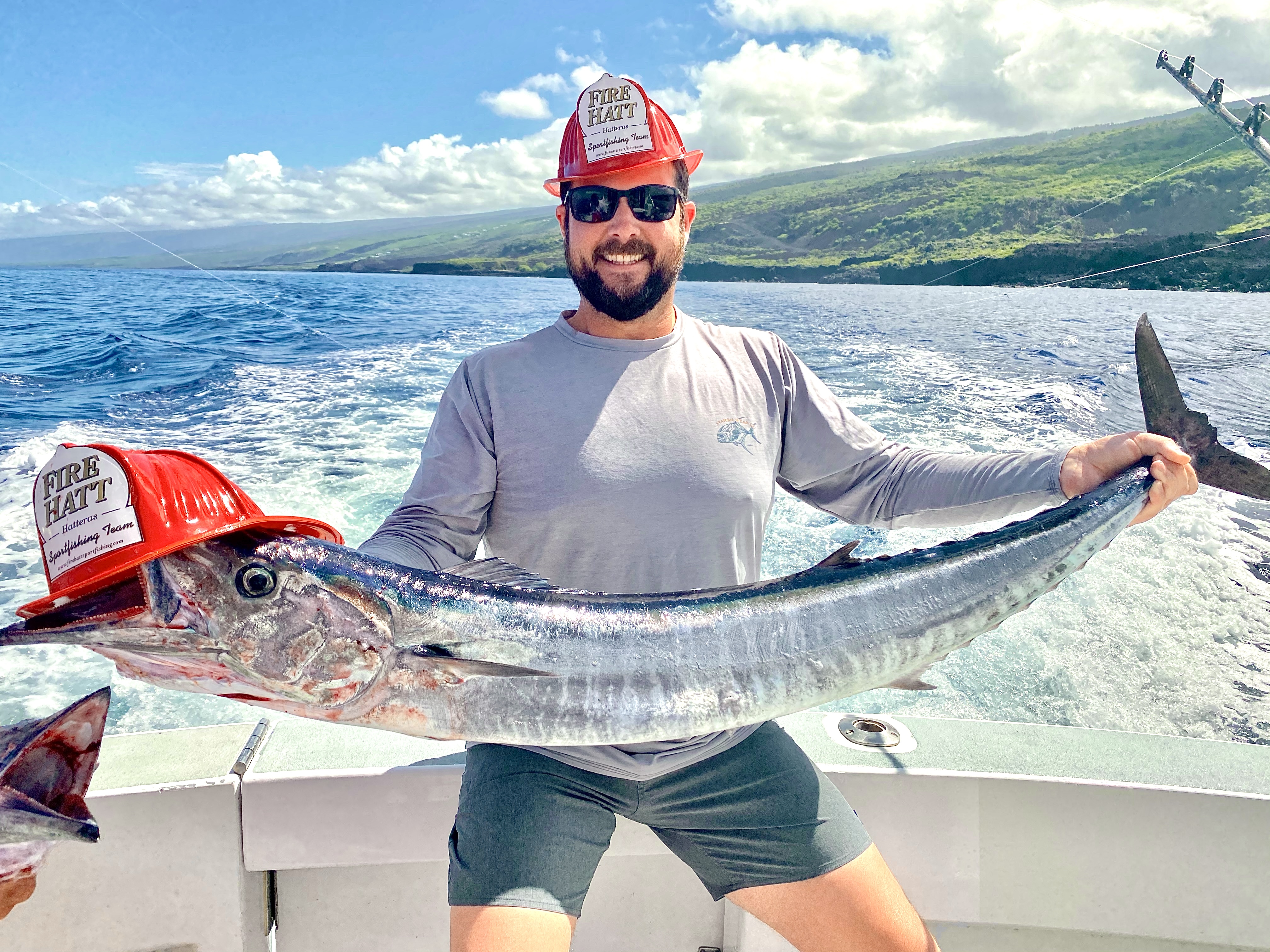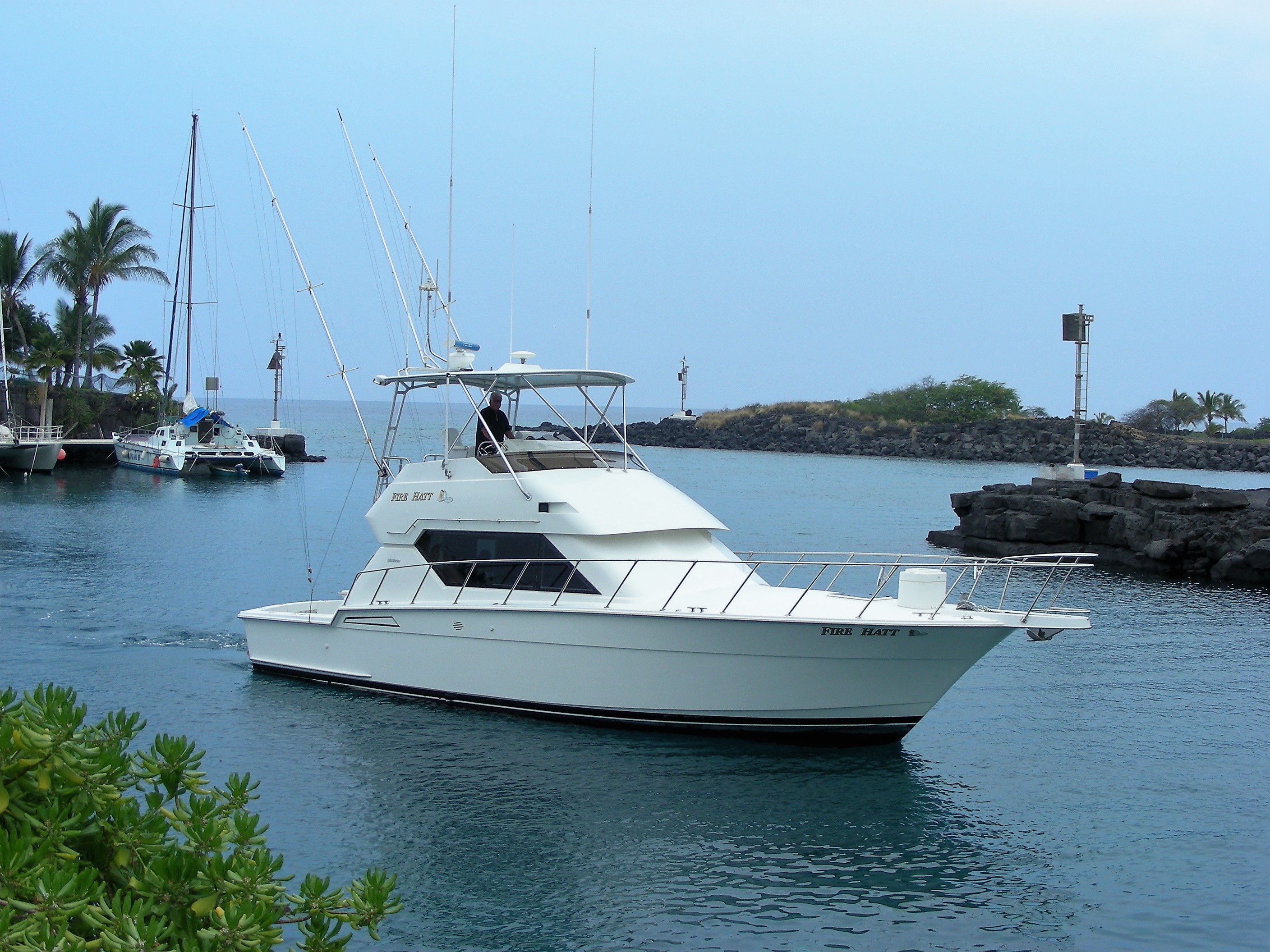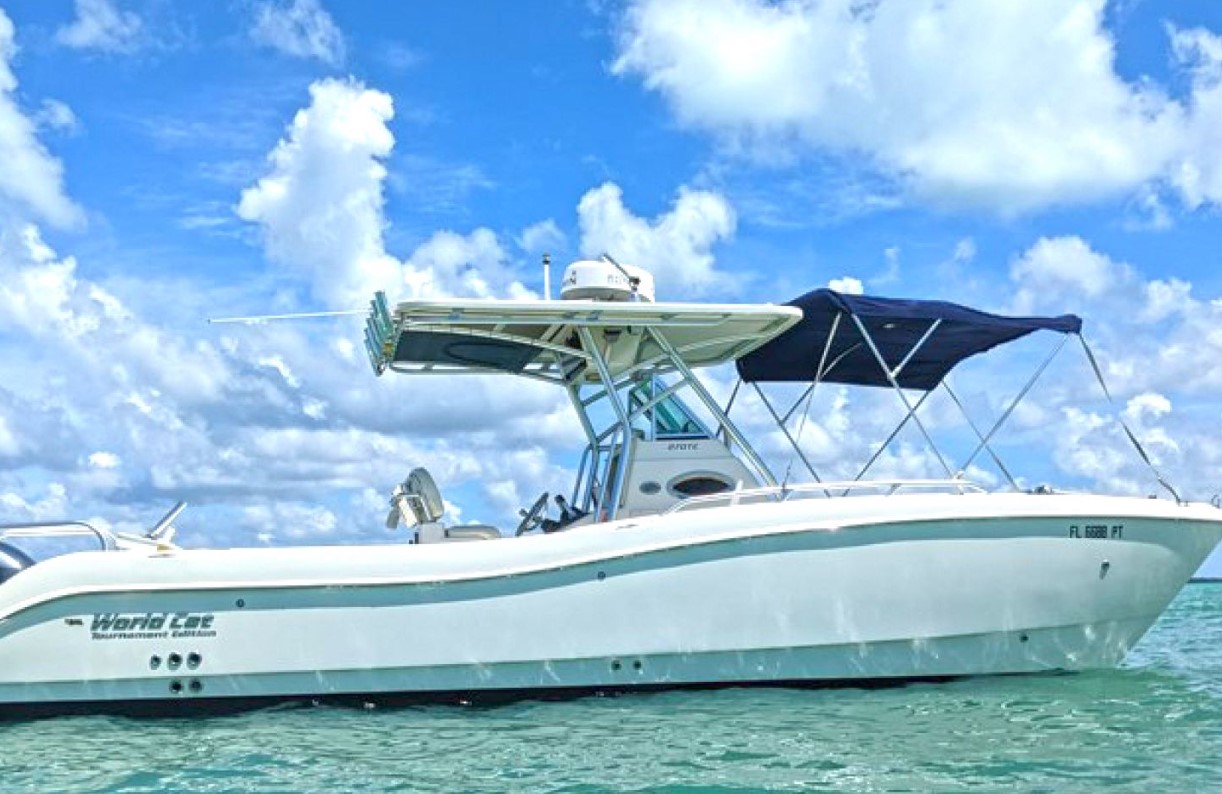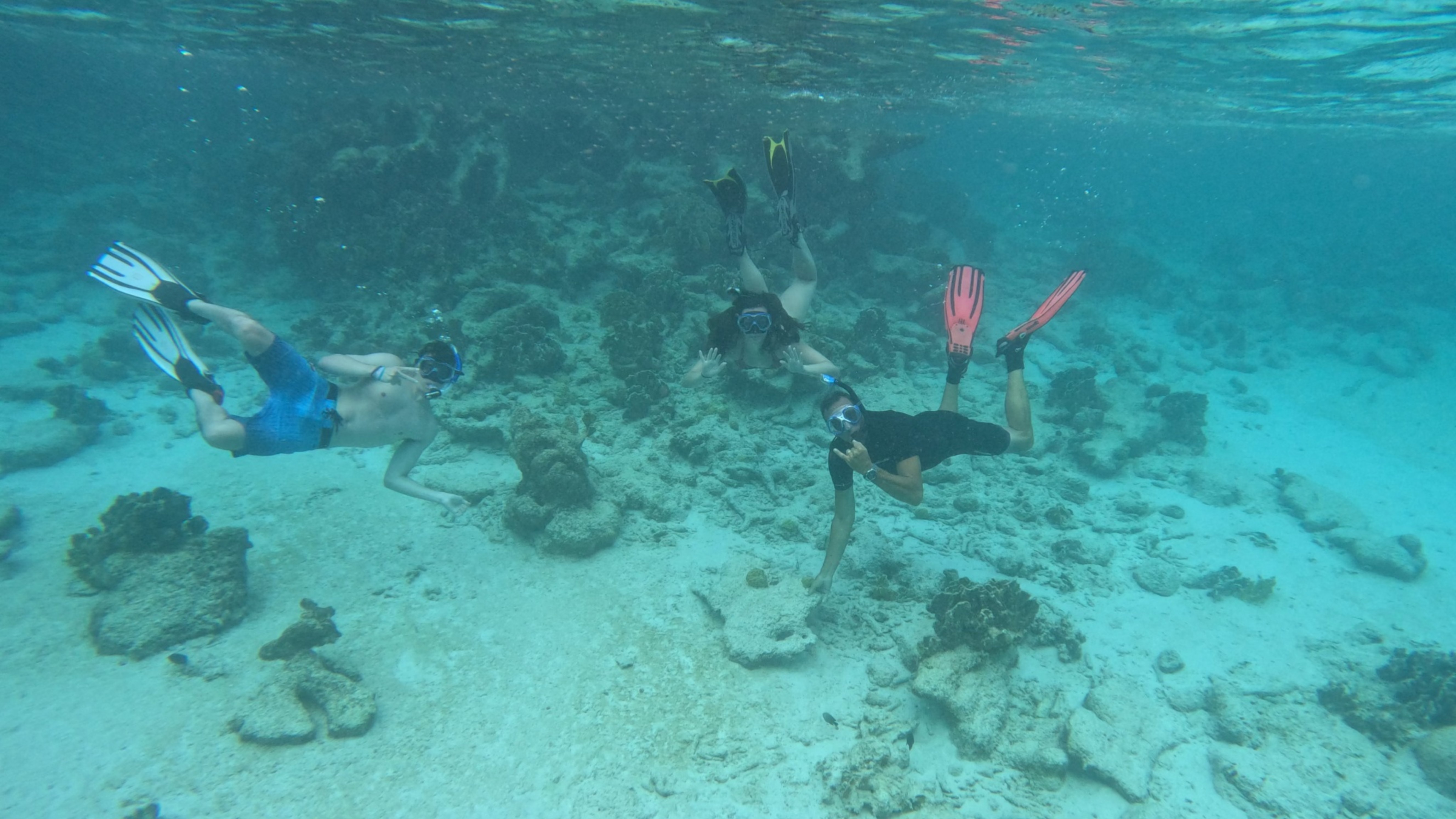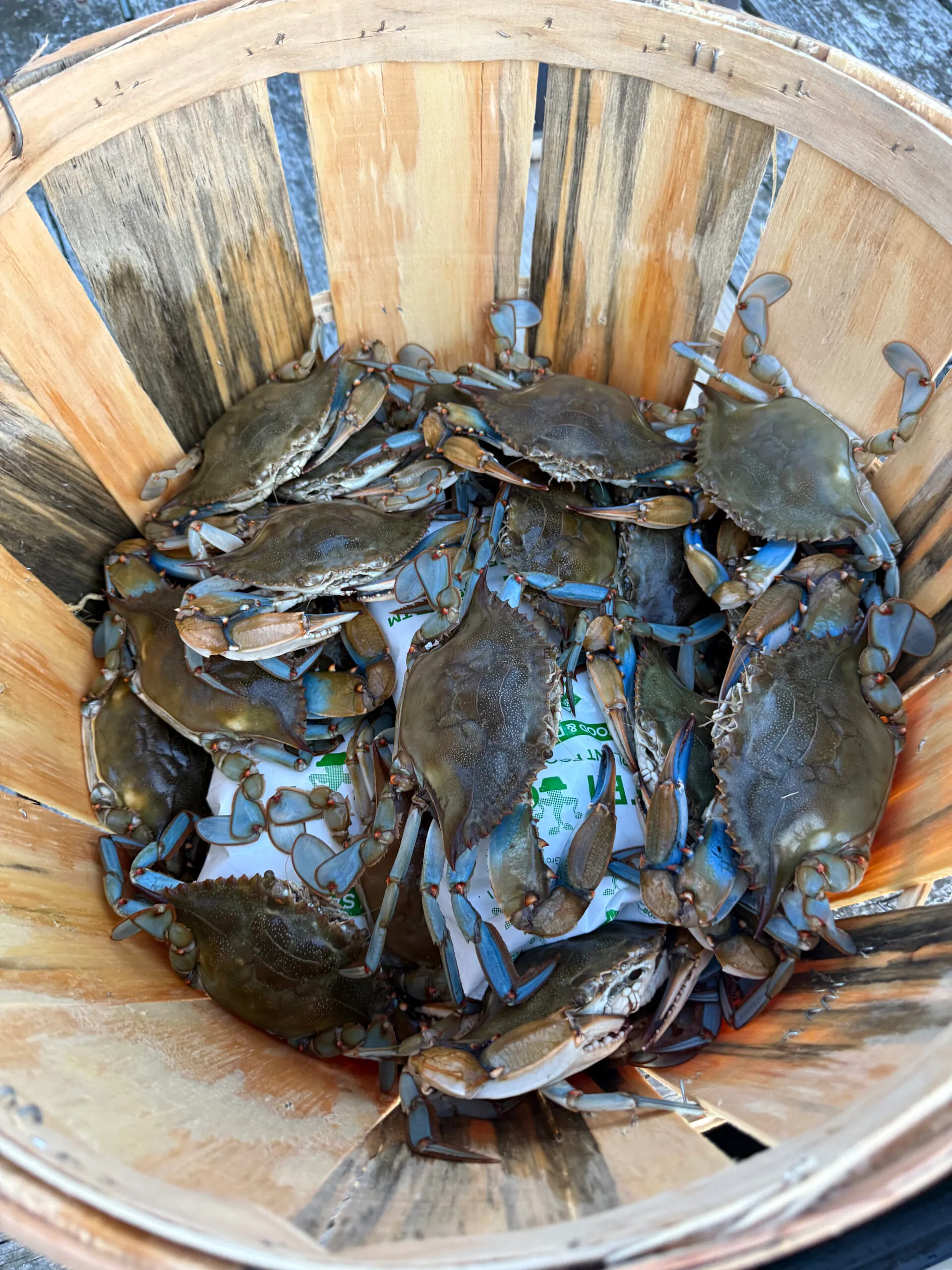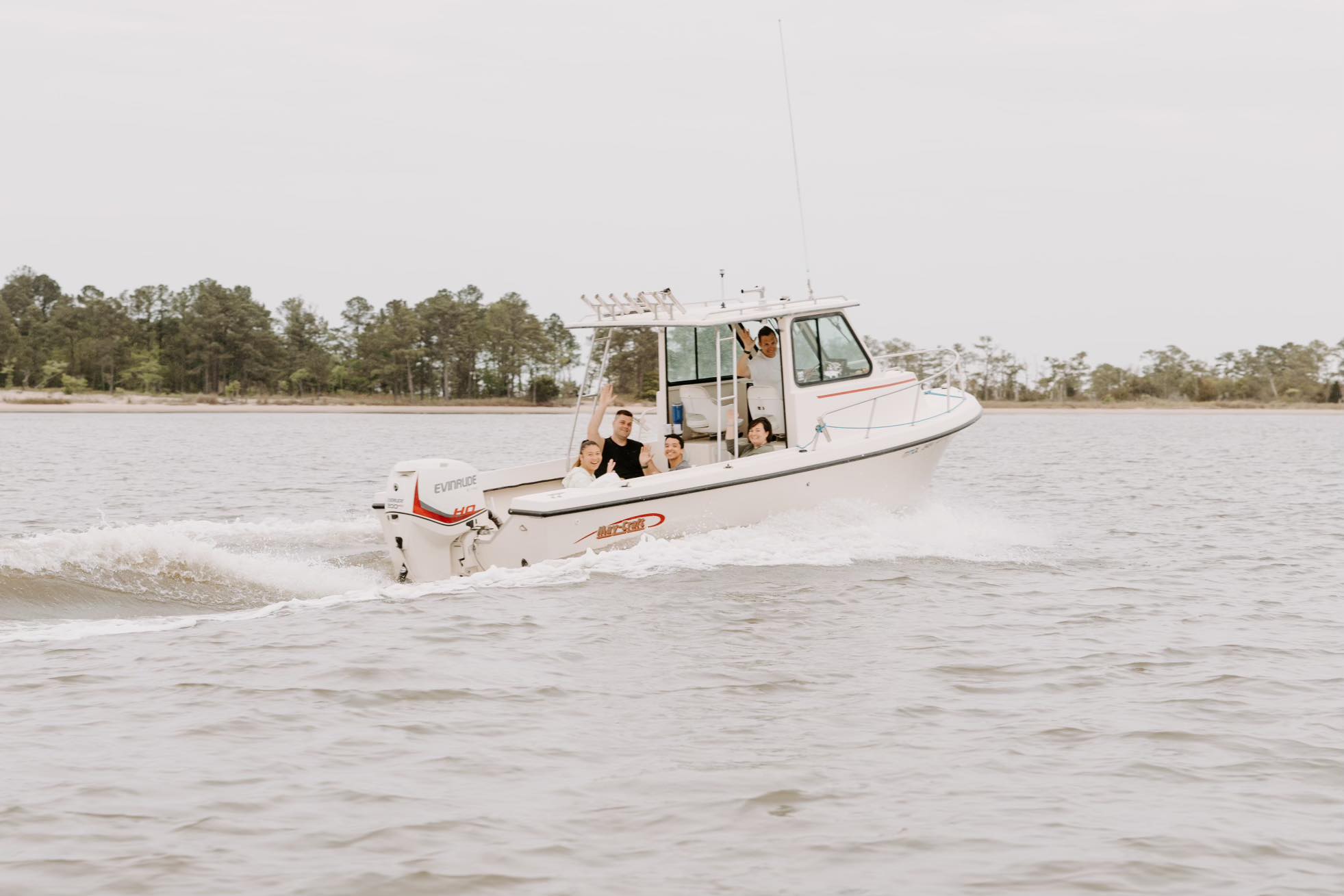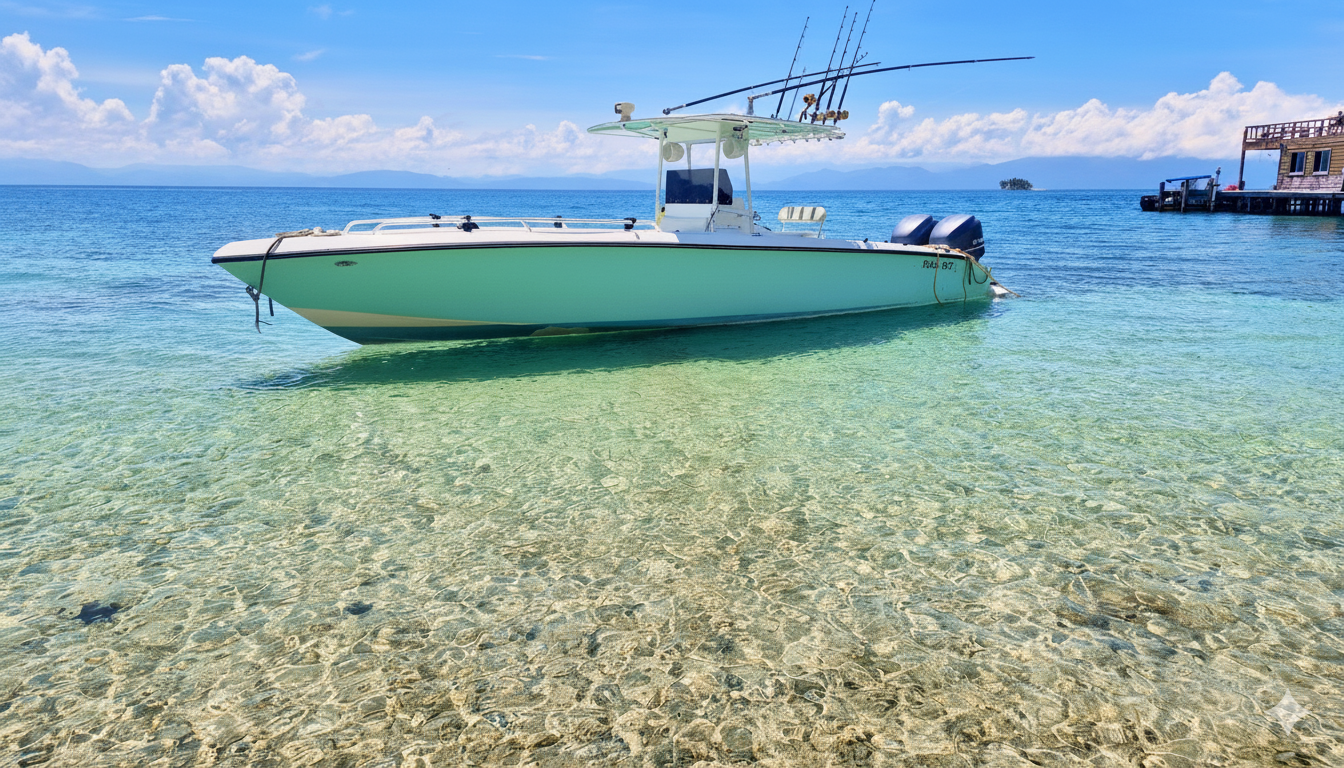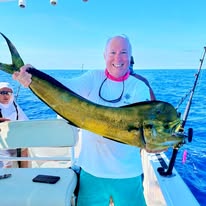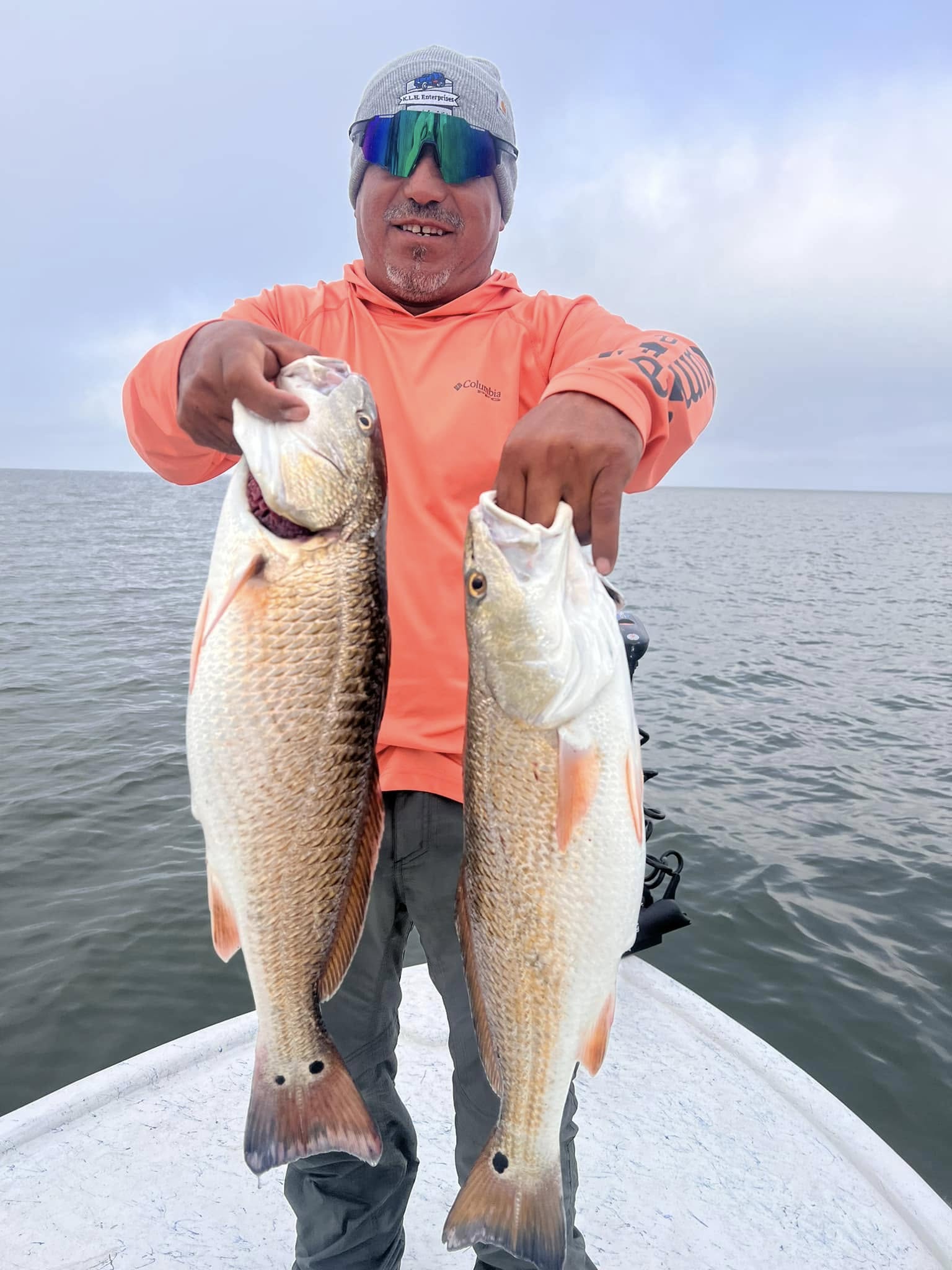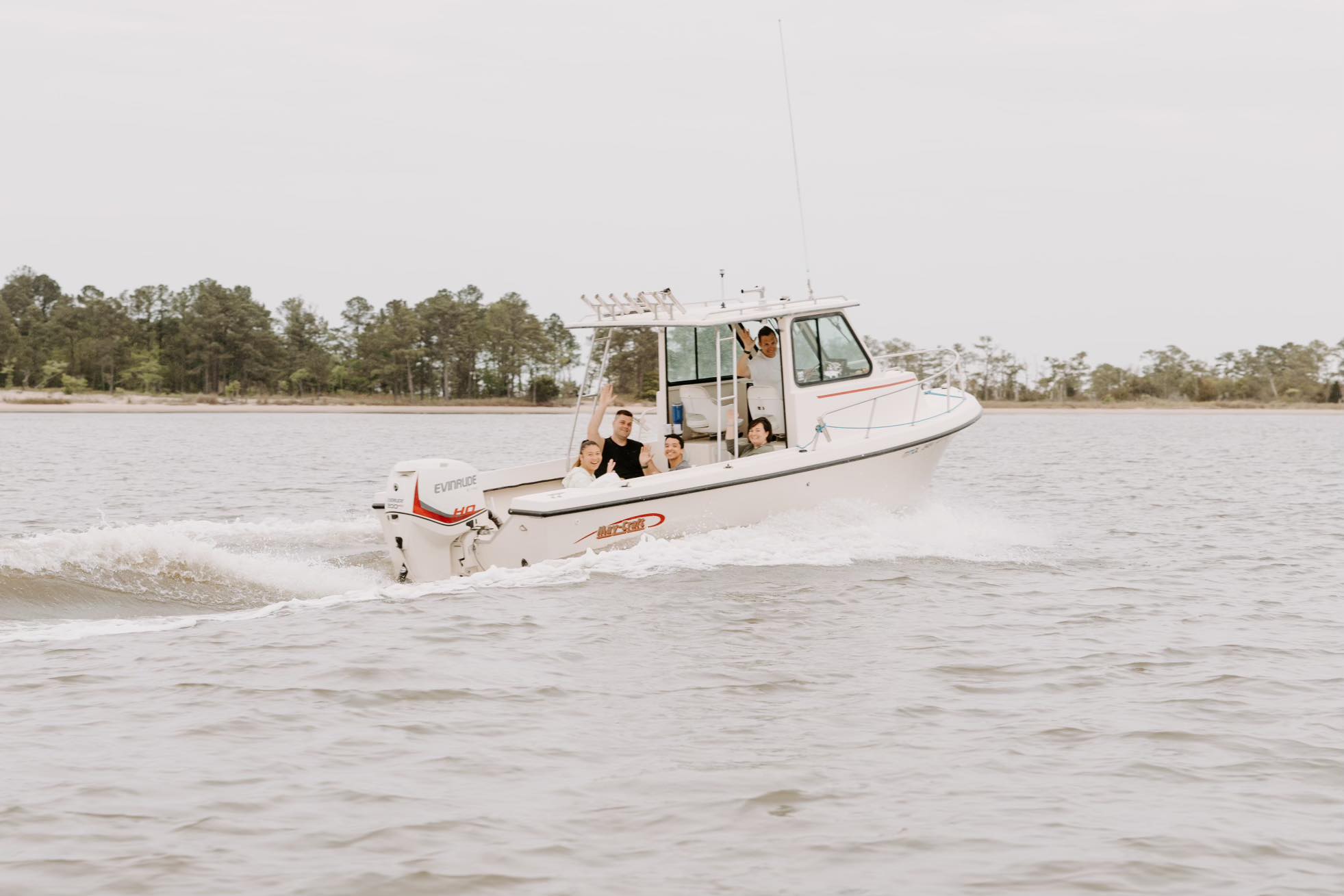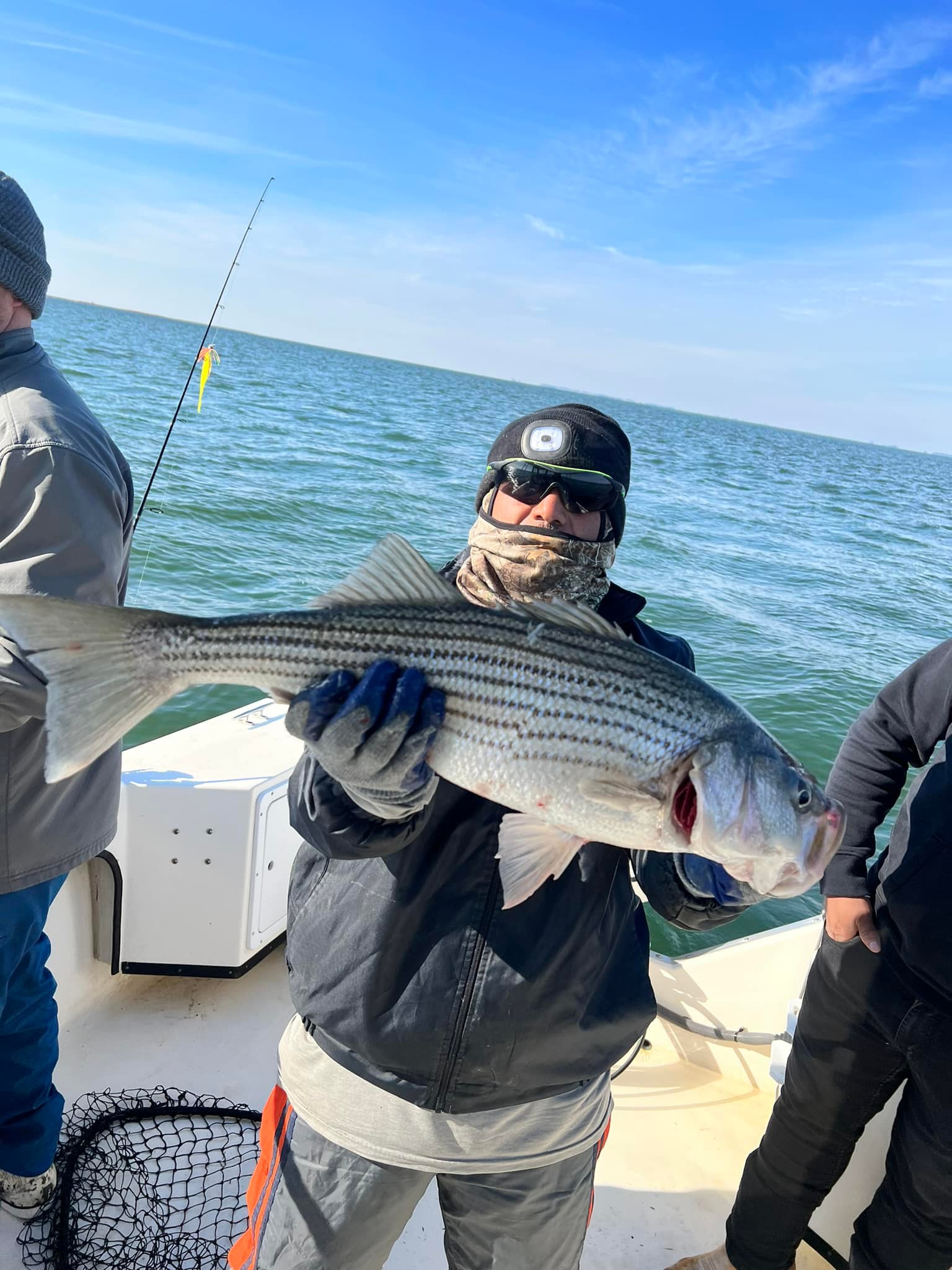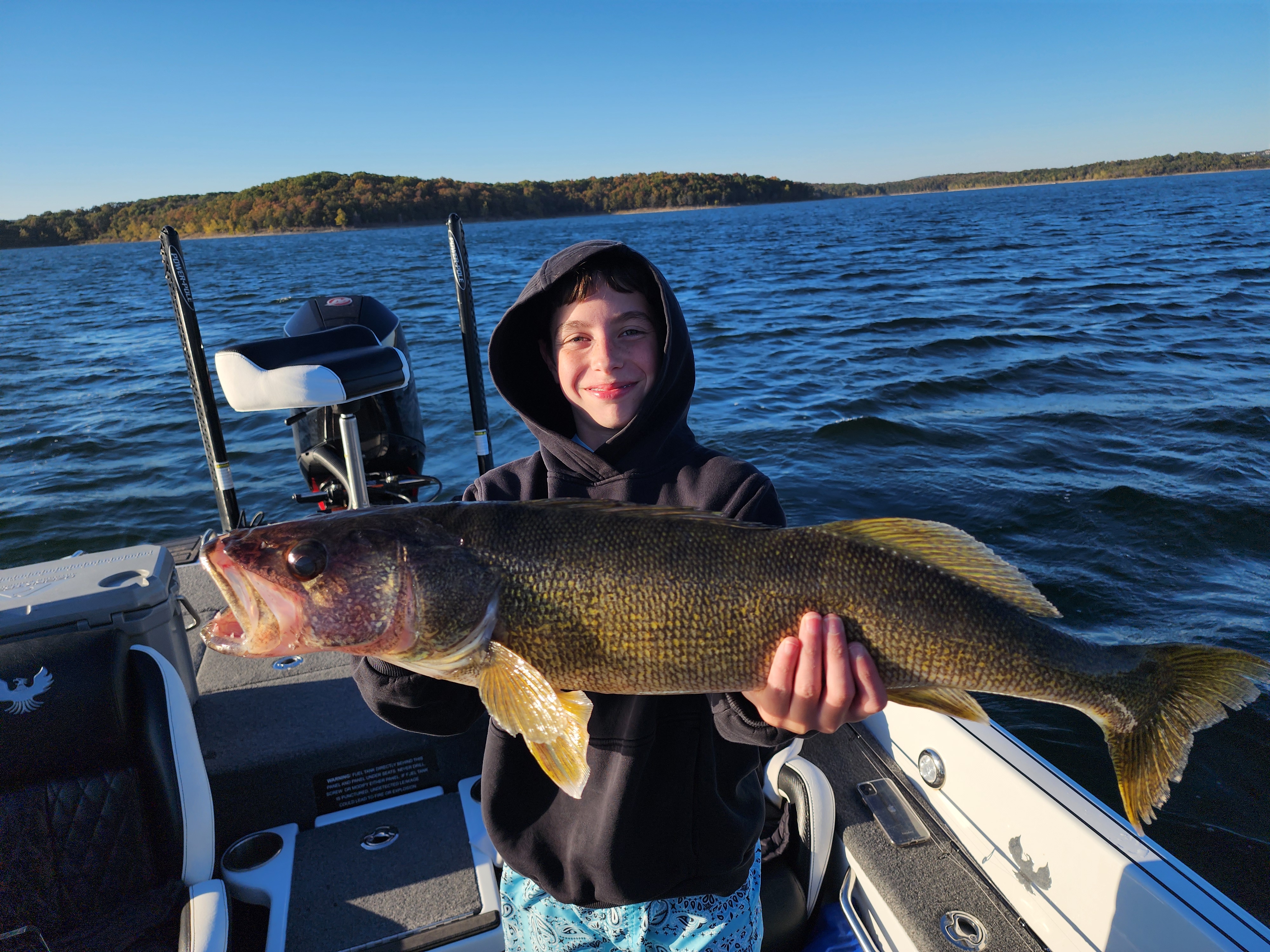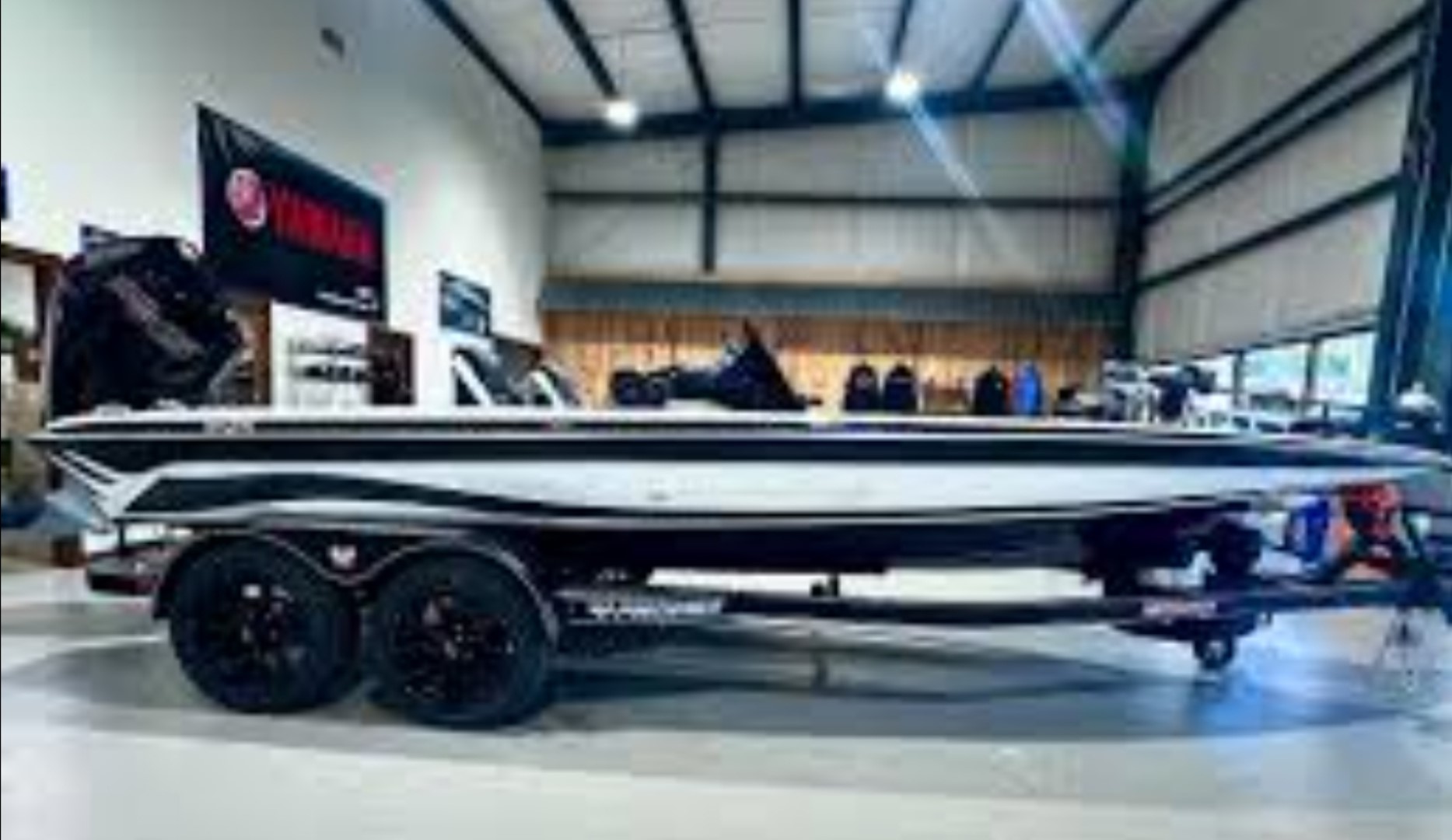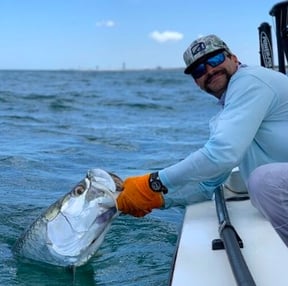Lake Ida (4-8HR)
Inshore, Nearshore, Flats in Venice
Tails In The Tides-Redfish & Trout
Lake Fishing in El Dorado Springs
Beaver Lake - Bass & Walleye
Deep Sea, Nearshore, Snorkeling in Kaiminani
Fishing And Snorkel Trips
Deep Sea, Nearshore, Snorkeling in Kaiminani
Kaiminani, HI Offshore Fishing
Deep Sea, Nearshore, Snorkeling in Key Largo
Key Largo Fishing & Snorkel Combo
Inshore, Flats, Eco Tour in Nanticoke
Crabbing And Casting Adventure!
Offshore Fishing Trip
Inshore, Flats Fishing in Nanticoke
4-6 Hour Inshore Trip
Bull Shoals - Bass & Walleye
We started Captain Experiences to make it easy to book fishing and hunting guides around the world. With over 2,000 Damn Good Guides, our platform makes finding and booking a trip seamless. Head here to check out our trips.
Do you know the difference between hard baits and soft plastics? If not, don't worry! You're about to learn everything you need to know. Hard baits are made from materials such as wood, metal, or plastic. They are designed to be used in open water where the current is strong. Soft plastics, on the other hand, are made from materials such as rubber or silicone. They are designed to be used in shallow water near cover. In this blog post, we will discuss the differences between hard baits and soft plastics, as well as which fish you should target with each type of bait!
Hard Baits
Hard baits are usually made from hard plastic, metal, or wood. They are designed to mimic the appearance and/or movement of live bait fish, insects, or other prey. One of the advantages of hard bait is that they are typically more durable than soft plastics. They can withstand being chewed on by fish, as well as being dragged through the water. This means they can be reused many times if you maintain them well. Hard baits are also less likely to get tangled in weeds or other underwater debris because they tend to be heavier. However, hard baits can be more expensive than soft plastics. Some anglers argue that they don’t produce such a realistic presentation as soft plastics. They also require more maintenance, such as cleaning and sharpening the hooks. Make sure to store them properly so they don’t get damaged. For an experienced angler, they are well worth the investment.
Soft Plastics
Soft plastics are a type of fishing bait that is made from soft plastic materials. They are designed to imitate the appearance and movement of live bait fish, making them an effective choice for both fresh and saltwater fishing. Soft plastics come in a wide variety of shapes, sizes, and colors, which allows anglers to select the best option for their specific fishing needs. While soft plastics are often used as baitfish imitations, they can also be effective when used to target other types of fish, such as bass, catfish, and trout. Soft plastics can be fished using a variety of techniques, including jigging, casting, or slow-rolling them along the bottom. No matter what type of fishing you're doing, there's a soft plastic bait that can help you catch more fish.
One of the great things about soft plastics is that they're very versatile. You can rig them a number of different ways, which gives you the ability to target a variety of different fish species. For example, if you're fishing for bass, you might rig your soft plastic with a weighted hook so that you can cast it out and let it sink to the bottom. Or, if you're fishing for trout, you might rig your soft plastic with a light wire hook so that it floats just above the bottom. No matter what type of fish you're targeting, there's a way to rig your soft plastic so that it's effective.
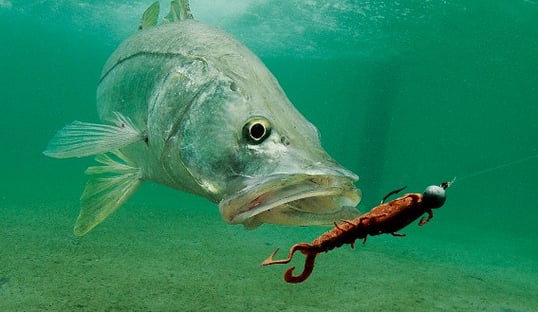
Another advantage of soft plastics is that they last a long time. Unlike live bait, which needs to be replaced often, soft plastics can be used over and over again. This makes them a more economical choice for anglers who are looking to save money on their fishing supplies. Additionally, soft plastics don't require any special care or storage, so you can simply keep them in your tackle box until you're ready to use them.
Hard Baits vs Soft Plastics
Now that you know the difference between hard baits and soft plastics, which should you use? It depends on the fish you're targeting. Hard baits are best for open-water fish, such as bass, trout, pike, and walleye. Soft plastics are best for shallow-water fish, such as Crappie, panfish, and catfish. So, next time you go fishing, be sure to bring along the right bait for the job!
Milo Kashey
Updated on August 2, 2023
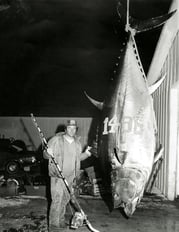
June 3, 2021

July 31, 2024

March 8, 2022

October 26, 2020
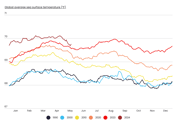
November 15, 2023
Related Articles
May 9, 2022
August 8, 2022
April 11, 2023
Featured Locations
- Fishing Charters Near Me
- Austin Fishing Guides
- Biloxi Fishing Charters
- Bradenton Fishing Charters
- Cabo San Lucas Fishing Charters
- Cancun Fishing Charters
- Cape Coral Fishing Charters
- Charleston Fishing Charters
- Clearwater Fishing Charters
- Corpus Christi Fishing Charters
- Crystal River Fishing Charters
- Dauphin Island Fishing Charters
- Daytona Beach Fishing Charters
- Destin Fishing Charters
- Fort Lauderdale Fishing Charters
- Fort Myers Fishing Charters
- Fort Walton Beach Fishing Charters
- Galveston Fishing Charters
- Gulf Shores Fishing Charters
- Hatteras Fishing Charters
- Hilton Head Fishing Charters
- Islamorada Fishing Charters
- Jacksonville Fishing Charters
- Jupiter Fishing Charters
- Key Largo Fishing Charters
- Key West Fishing Charters
- Kona Fishing Charters
- Lakeside Marblehead Fishing Charters
- Marathon Fishing Charters
- Marco Island Fishing Charters
- Miami Fishing Charters
- Montauk Fishing Charters
- Morehead City Fishing Charters
- Naples Fishing Charters
- New Orleans Fishing Charters
- New Smyrna Beach Fishing Charters
- Ocean City Fishing Charters
- Orange Beach Fishing Charters
- Panama City Beach Fishing Charters
- Pensacola Fishing Charters
- Pompano Beach Fishing Charters
- Port Aransas Fishing Charters
- Port Orange Fishing Charters
- Rockport Fishing Charters
- San Diego Fishing Charters
- San Juan Fishing Charters
- Sarasota Fishing Charters
- South Padre Island Fishing Charters
- St. Augustine Fishing Charters
- St. Petersburg Fishing Charters
- Tampa Fishing Charters
- Tarpon Springs Fishing Charters
- Venice Fishing Charters
- Virginia Beach Fishing Charters
- West Palm Beach Fishing Charters
- Wilmington Fishing Charters
- Wrightsville Beach Fishing Charters
